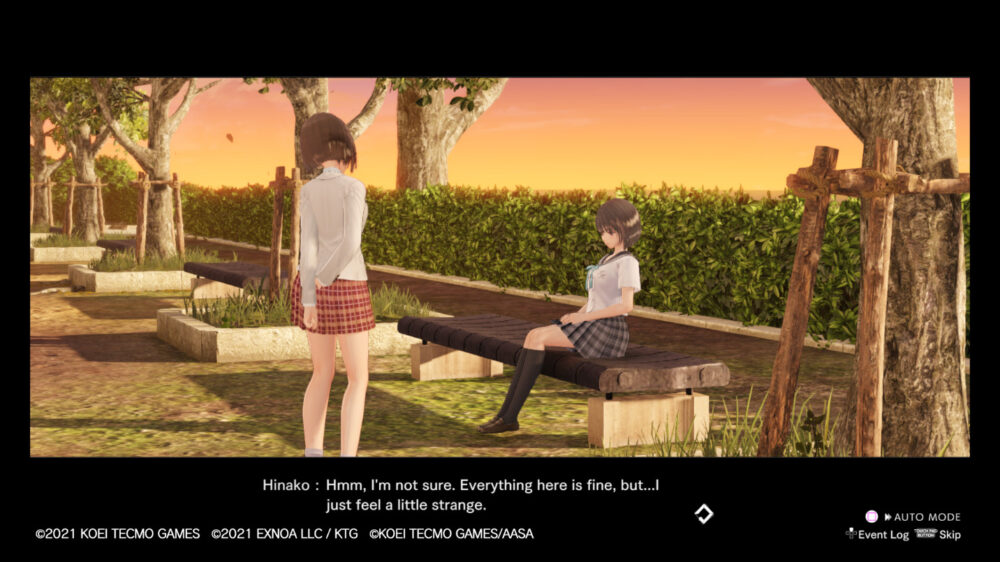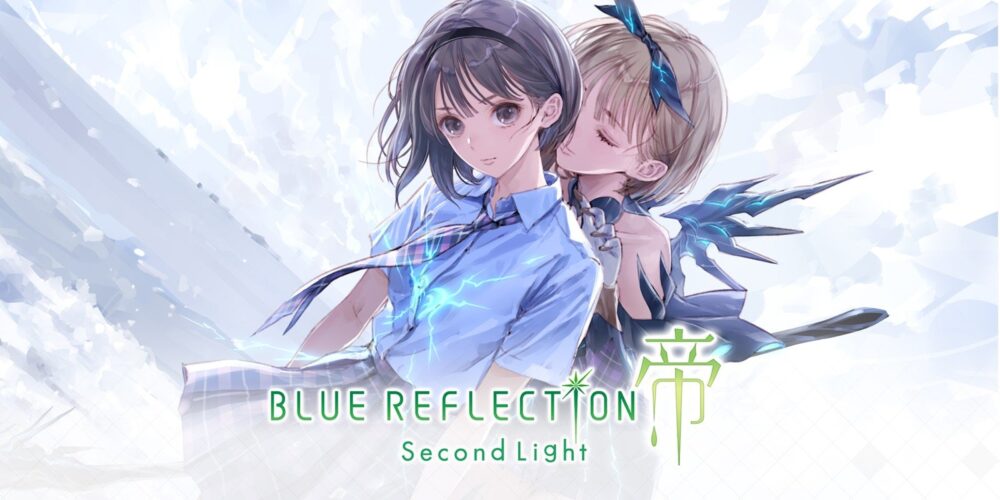There are a lot of things that I wished I could’ve just forgotten this year but I’m not a video game protagonist that has that kind of comfort. Yet for pretty much almost every other game out there, memory loss seems like a trait that the main protagonist needs to have. So much so that everyone involved in Blue Reflection: Second Light seems to carry like a disease. It provides the series with some much-needed characterization for its cast and a kind of mystery to the whole predicament as you unravel how a group of students ended up being there in the first place.
But as the title suggest, Blue Reflection: Second Light is of course the second title in the Blue Reflection series which first came out in 2017. However, it is a standalone game so you don’t particularly need to play the first one to know what happened in the opening hours of its sequel. Although for fans of the first game, there are some elements that will spark some memories. Second Light is solely focused on a group of young students that one day just woke up in a school surrounded by a vast ocean. But in a weird turn of events, they also don’t remember much about anything other than their names. That and the fact that they would need to dive into dungeons to gather supplies they would need to survive.

Eventually, they’ll learn that these dungeons aren’t just a way to get supplies for food or fixing the school but also something that is tied to their missing memories and being able to explore and find these memory fragments will let them understand their past and the entire mystery involving the school. It’s a story that honestly feels so slow-paced and drags on forever but at the same time really works well for what it’s trying to achieve. As you slowly try to learn about their missing memories inside these dungeons that would eventually be called Heartscapes, you also get to know more about them through side quests and the game’s so-called dating feature. It’s a very welcomed kind of slow-paced storytelling that really enriches the game and the characters’ appeal to its audience.
Its gameplay however does come in two sides though. On one end, it’s a fun twist that involves an active battle system that takes advantage of having a timeline on the lower right side of the screen which dictates how much Ether a character obtained in the course of a few seconds. Ether being the element that fuels a character’s skills would then be used up to activate skills or support abilities that would help you in battle. But on the other, it’s a twist that becomes stale after a while due to how it can get repetitive as you fight demons with not much of a difference to the general cycle of battles. It only really shines when you’re trying to fight stronger enemies like bosses where battles would take quite a bit of time and resources until you eventually hit higher gears to transform in a magical girl kind of way and gain more skills as the fight drags on.
In a weird kind of way, Blue Reflection: Second Light doesn’t seem all that different from an Atelier game… well considering how they’re made by the same developer, it kind of makes sense. So, much like an Atelier game, in Blue Reflection: Second Light, when you’re not fighting demons, you’ll either be spending time gathering resources to craft some much-needed items for your next battles or obtaining materials to craft facilities that would boost up your character’s stats. The only difference here is you don’t exactly get a magical cauldron to put all your ingredients in and magically pop out otherworldly inventions. Though, students being able to craft a vending machine out of basic materials seems like the next best thing.
Other than creating facilities that your characters requested to be made, characters also improve in two ways, one being the obvious obtaining experience through battles to level up while the other would require you to fulfil requests and go on dates to increase their talent EXP and gain talent points which will then be used to unlock skills like an increase in attack stat or unlocking new active skills or fragment slots. So being able to do these activities rewards the player to have stronger characters to face even stronger demons in dungeons.

Visually, Second Light pretty much spares no expense in its overall feel. Each area in its dungeons offers some pretty good environments to explore as well as some sort of unique way to traverse. At times you find yourself getting a boost from your friends to access a higher level or crawling your way under houses to sneak past a strong enemy which is honestly just an excuse to vaguely get a glimpse of what’s beneath their skirts but we don’t need to talk about that now. What makes Second Light’s dungeons so appealing to me is that each area doesn’t exactly look like your traditional dungeons, sure it gets crazier as you go and there are roaming demons too, but the part where it really shines is that dungeons portray a life-like atmosphere that coincides to the memories of its owner. This makes exploring each nook and cranny and getting fragments of their memory worthwhile from a storytelling standpoint.
In conclusion, Blue Reflection: Second Light is a pretty heartfelt game that delivers a bit of a slice of life as you encounter and relive their forgotten memories while also trying to learn more about them as you take them on trips to the gym or the in-school café. That and being able to unravel the mysterious predicament they’re in and how they end up being magical girls in the first place. It’s combat while fun does come out as a mixed bag though but for what it’s trying to achieve, Second Light is a pretty good game if you’re into its story more than the actual combat.
Grab your copy here – https://blue-reflection.com/secondlight/uk/
Blue Reflection: Second Light is available on PlayStation and Switch
This game was reviewed on the PlayStation Platform.
Enjoy the review? want to read more of our reviews? then click right here to be whisked away to the realm of our opinions.








You must be logged in to post a comment.